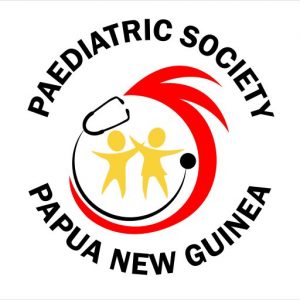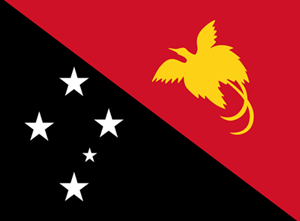February
Beyond malaria – causes of fever in outpatient Tanzanian children
D’Acremont V, et al N Eng J Med 2014; 370: 809-17
- Describe the population of febrile children that were studied?
- What were the proportions of viral, bacterial and parasitic disease?
- What were the common causes of respiratory infection?
- What was the commonest cause of systemic infections (systemic fever)?
- What proportion of the children had malaria, and what percentage of the children with malaria had another condition?
- How common was urinary tract infection?
- How common was Human Herpes Virus 6 infection, and what clinical infection does this virus commonly cause?
Immune system in malnutrition
The immune system in children with malnutrition – A systematic review
Rytter MJH, et al. Public Library of Science (PLOS) ONE 2014; 9: Issue 8: e105017
- What are the more common infections likely resulting fromsevere malnutrition?
- The 3 different types of immunity include barrier function, innate and acquired immunity, what are the components of each of these?
- What are the effects of severe malnutrition on barrier immunity?
- What are the effects of severe malnutrition on innate immunity?
- What are the effects of severe malnutrition on acquired immunity?
Aminoglycoside antibiotics
What do I need to know about aminoglycosides?
Germovsek E, et sl. Archives Diseases in Childhood Education Practice Edition 2017; 102:89-93
- What infections can be treated by aminoglycosides?
- How do aminoglycosides penetrate into a bacteria cell membrane?
- How do aminoglycosides interrupt protein synthesis?
- How are aminoglycosides distributed and excreted?
- What is the toxicity of aminoglycosides, and what exacerbates them?
September-October
Neonatal sepsis in Asia
Causes and incidence of community-acquired serious infections among young children in south Asia (ANISA): an observational cohort study Saha SK, et al. Lancet 2018; 392: 145–59
ANISA is a large study which enrolled 84,971 mothers antenatally in Bangladesh, India, and Pakistan, and used community health-care workers to follow up neonates after birth, and identify “neonatal sepsis”. It is an important study, because there are few population-based studies of community-acquired newborn sepsis in Asia.
- In the ANISA study what proportion of “neonatal sepsis” had a proven bacterial cause?
- What proportion of blood cultures were positive, and what were the common bacteria isolated?
- What proportion of “neonatal sepsis” was proven to be caused by viruses, and what was the most common virus isolated?
- Were standard treatment antibiotics effective?
- What is the main message of the study, regarding the causes of “presumed neonatal sepsis”?
Neonatal jaundice
Neonatal hyperbilirubinaemia: a global perspective
Olusanya, et al. Lancet Child Adolesc Health 2018 http://dx.doi.org/10.1016/S2352-4642(18)30139-1
A review of the epidemiology, causes, consequences and treatment of neonatal jaundice.
- What proportion of newborns become jaundiced, and what proportion have clinically significant jaundice?
- What level of bilirubin is visibly detectable?
- Is a little bit of jaundice good for newborn babies? Explain.
- What are the manifestations of bilirubin encephalopathy?
- What are the risk factors for severe jaundice in the newborn period?
- How does phototherapy work, and when should it be started?
- What are the indications for exchange transfusion, how does it work, and what are the complications?
- How can the complications of severe jaundice be prevented?

